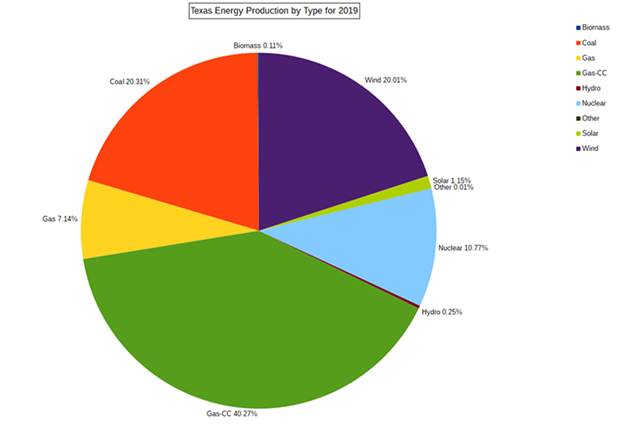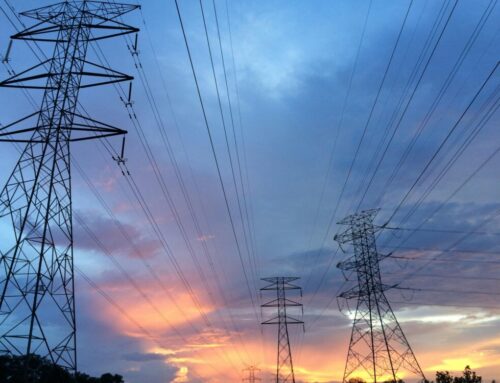Last year Texas generated more energy from renewable sources than from coal, according to data from the Electric Reliability Council of Texas.
Texas produces the most wind energy of any state in the nation, and its solar energy capacity is growing rapidly.
Earlier this year, as the Dallas Observer reported, Texas’ wind energy output surpassed its coal energy production for the first time. At the time, ERCOT said the trend wasn’t likely to hold through the rest of the year.
Texas uses the most coal in summer and winter, during which hot and cool temperatures lead to high air conditioning and heat use and put more demands on the energy grid. In July, when we first reported on this, Warren Lasher, the council’s senior director of system planning, pointed out that a mild spring last year kept temperatures moderate and energy use down.
But, while Lasher’s prediction about wind power was correct, in 2019, the sum total of renewable energy produced in Texas did turn out to be more than coal. Last year, energy facilities in the state produced 21.5% of energy from renewable sources (wind, solar, hydro and biomass) and 20.3% from coal.
Here’s the catch: Those hoping to see Texas produce primarily renewable energy, have a long wait ahead. The state still makes more energy from gas, a largely non-renewable resource, than from any other form of energy.
Although Texas generates three times the wind energy of the next most prolific state, Oklahoma, and is poised to increase solar power production by up to 30 times the current level, according to the council’s numbers, this year Texas generated 47.3% of its energy from gas sources.

While natural gas burns cleaner than coal, most of it still has to be extracted from the ground, it exists in a finite quantity and creating energy from it still pollutes the atmosphere.
Some natural gas can be gleaned from decomposing natural matter in places like landfills and waste water, but right now the process is expensive and complicated to produce. If the process is refined, it might become a viable source of energy, especially because bio gas, as this form of natural gas is known, can be stored in and travel through existing natural gas infrastructure, Michael E. Webber, a professor of energy resources at the University of Texas at Austin, told the Observer last year.
Because of the sheer quantity of existing natural gas facilities, and their owners’ expectations that they continue to be used, switching to a more renewable energy future in Texas is more complicated than simply installing more wind turbines and solar panels and connecting them to the energy grid, Webber said. Still, over time, as renewable production becomes cheaper and easier, the trend toward more green energy production is likely to continue.





